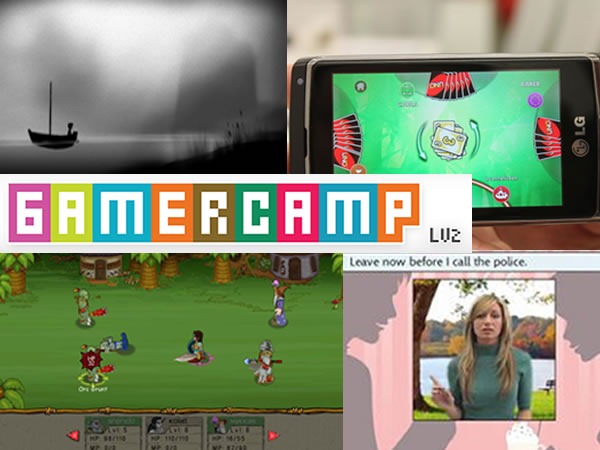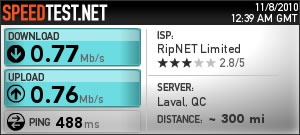
From now until November 10th, you can save 40% off a a large selection of books on .NET by Manning Publications! If you’ve been meaning to learn about developing for or with C#, Silverlight, Azure, Entity Framework, PowerShell, SharePoint or Windows Phone 7, Manning’s got the books and you can save money on them.
I’ve listed the applicable books and quick descriptions below. To get the discount, purchase the books from Manning’s site and enter the discount code n540 into the “Promotional Code” box when you check out.
Core .NET
C# in Depth, Second Edition: Guru Jon Skeet teaches you the techniques you’ll need to move from being a competent C# developer to tapping the full potential of the language–including the new C# 4 features. Mastering these techniques will make you a more valuable C# developer.
Azure in Action: Designed both for readers new to cloud concepts and for those familiar with cloud development but new to Azure, this book guides you all the way from your first app through more advanced concepts of the Windows Azure Platform.
Entity Framework 4 in Action: Written for Entity Framework 4! Through small examples and larger case studies this book presents the ORM model and shows you how EF offers a smooth transition from a traditional ADO.NET approach.
Multitouch on Windows (MEAP): This hands-on guide prepares you to create natural user interfaces (NUI) and great multi-touch experiences using the WPF and Surface APIs.
Silverlight
Silverlight 4 in Action: The definitive guide to Silverlight 4! Take a mind-expanding trip through the technology, features, and techniques required to build applications ranging from media, to custom experiences, to business applications, to games.
Hello! Silverlight (MEAP): Fast-paced, entertaining introduction to Silverlight. Authors Bill Reiss and Dave Campbell guide you hands-on from your first Hello World example through the techniques you’ll use to add life to your web applications. Examples are based on Silverlight 4.
ASP.NET
ASP.NET MVC 2 in Action: Fully updated for ASP.NET MVC 2, this new edition will help you build MVC-based applications using the latest version of Microsoft’s ASP.NET MVC framework. After a quick review, you dive head first into practical real-world topics and examples.
ASP.NET 4.0 in Practice (MEAP): Using a practical Problem-Solution-Discussion format, this book guides you through the most common scenarios you will face in a typical ASP.NET application, and provides solutions and suggestions to make you super-productive.
jQuery in Action, Second Edition: New edition of the bestselling jQuery book! This fast-paced guide introduces the jQuery library and shows you how to traverse HTML documents, handle events, perform animations, and add Ajax to your web pages.
Best Practices
Continuous Integration in .NET: Reimagine your development strategy by creating a consistent continuous integration process. Build on the tools you already know, .NET Framework and Visual Studio, along with MSBuild, Subversion, TFS 2010, Team City, NUnit, and Selenium.
Dependency Injection in .NET (MEAP): Dependency Injection is a pattern for creating loosely-coupled code that’s easier to maintain and resistant to change. This book introduces DI and presents practical examples using open source tools along with Microsoft’s latest technologies.
Brownfield Application Development in .NET: Don’t just maintain your legacy software–leverage your investments by adding new features and better functionality. Learn patterns and techniques for blending new development with existing systems.
The Art of Unit Testing: Using .NET examples, guru Roy Osherove teaches you to build practical and maintainable tests and presents best practices for frameworks, mock objects, and testing against a database.
DSLs in Boo: Domain Specific Languages, or DSLs, create a special coding vocabulary so your code expresses the intent of the application. In this book, Oren Eini, aka Ayende Rahien, introduces DSL concepts and how to apply them in the Boo language.
PowerShell, SQL Server and SharePoint
Windows PowerShell in Action, Second Edition (MEAP): PowerShell transformed the way administrators and developers interact with Windows. This updated second edition covers new developments, including Remoting, Modules, Events and Transactions, and the PowerShell Integrated Scripting Environment.
PowerShell in Practice: Hands-on, cookbook-style reference intended for administrators wanting to use PowerShell. Written from an administrator’s perspective, it concentrates on using PowerShell for practical tasks and automation.
SQL Server DMVs in Action (MEAP): Build better queries and improve performance using dynamic management views. This practical guide shows you how to obtain, interpret, and act on the information captured by DMVs to keep your system in top shape.
SQL Server 2008 Administration in Action: This must-have handbook for SQL Server DBAs covers all areas of SQL Server administration–from installation to disaster recovery. Learn hard-won (and hard-to-find) techniques and guidance based on years of DBA experience.
SQL Server MVP Deep Dives: This is no ordinary SQL Server book. 53 MVPs each pick an area of passionate interest to them and then share their insights and practical know-how with you. Author royalties go to support War Child International.
SharePoint 2010 Web Parts in Action (MEAP): This comprehensive guide covers everything from the basic foundations to how you can use web parts to implement robust, scalable, maintainable and user-friendly SharePoint applications.
SharePoint 2010 Workflows in Action: Hands-on tutorial that guides SharePoint developers and power users from workflow fundamentals and all the way to advanced techniques for complex workflow requirements.
SharePoint 2010 Site Owner’s Manual (MEAP): Build powerful SharePoint sites with no code. The book shows you how to get the most out of SharePoint without having to understand development or servers.
This article also appears in Canadian Developer Connection.
















